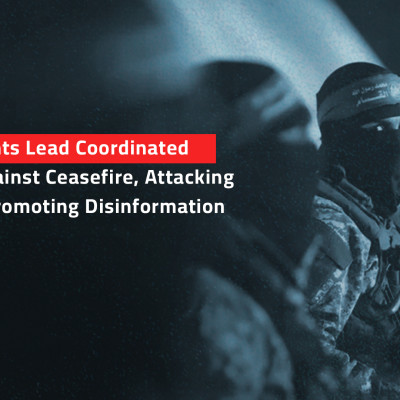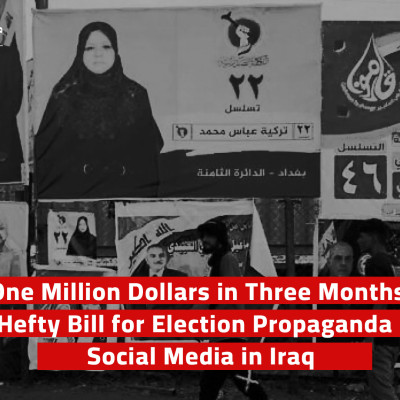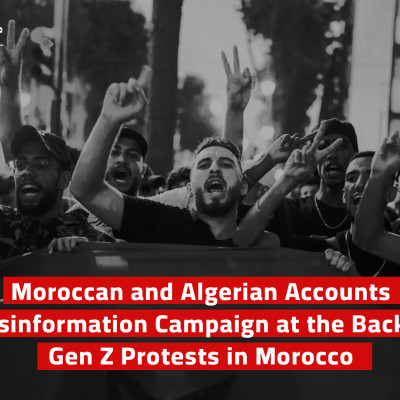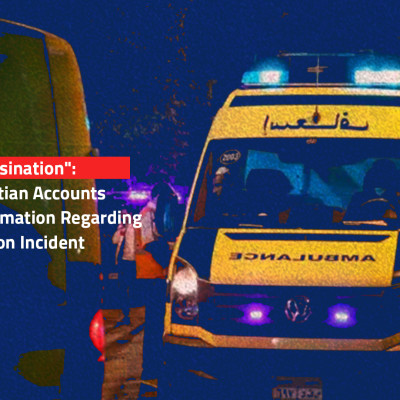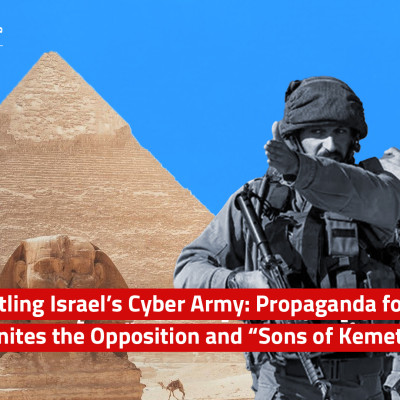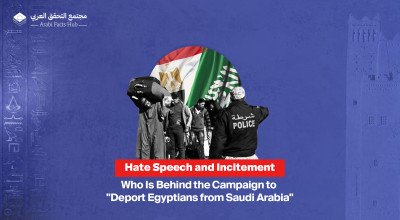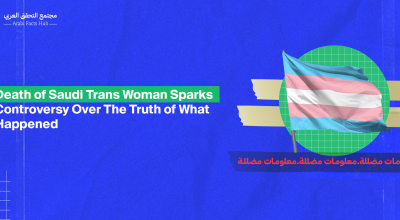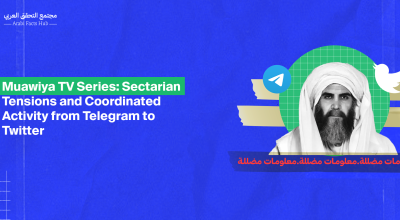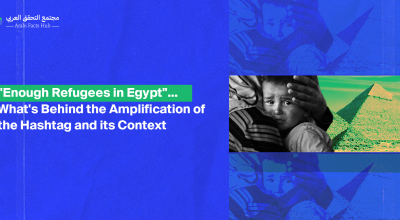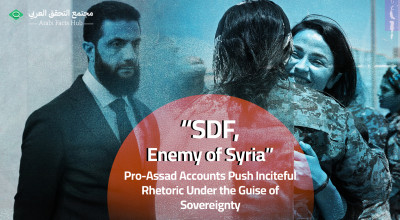Coordinated Content Led By Sudanese and Gulf Accounts About the “Port Sudan Massacre”
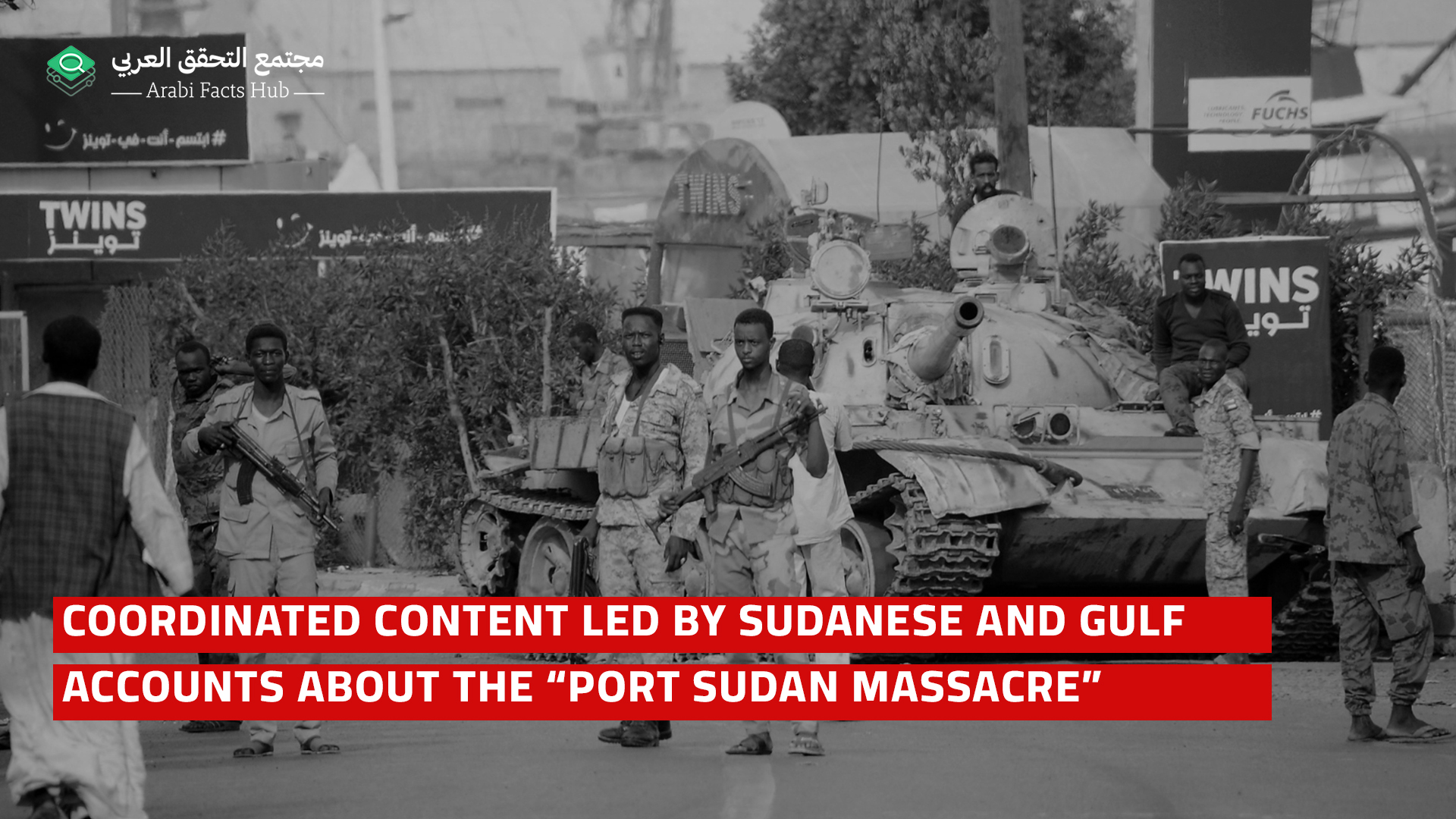
In mid-August 2025, the hashtag #مجزرة_بورتسودان (Port Sudan Massacre) swept across social media platforms, carrying accounts of a mass killing allegedly committed by government forces in eastern Sudan. The hashtag quickly turned into a charged arena of accusations, testimonies, and circulating images. Yet behind this digital uproar, a central question emerged: does this narrative reflect events on the ground, or is it the product of a coordinated campaign aimed at shaping Sudanese and regional public opinion?
Amid widespread political and security turmoil in Sudan, the city of Port Sudan holds strategic importance. It functions as the country's main seaport, its economic gateway, and the base for the Sudanese government. The current internal war, coupled with the disintegration of central authority and the ongoing conflict between the army and the Rapid Support Forces (RSF), exacerbates these crises. Consequently, any claims of a "massacre" in Port Sudan carry significant political implications beyond the event itself.
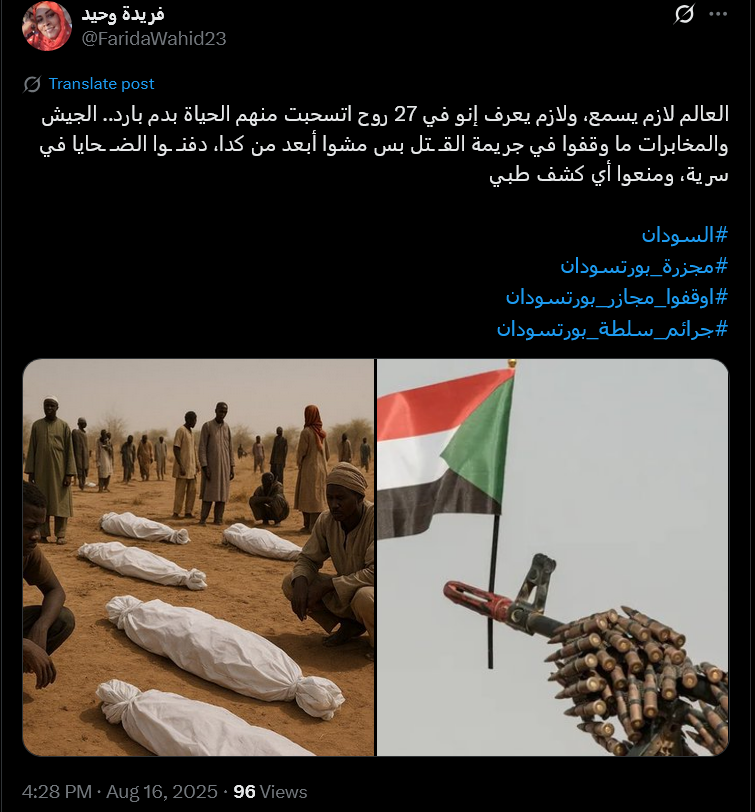
An analysis of over 100,000 posts from "X," including a representative sample of 20,000 tweets, was conducted using Meltwater. This intensive data processing aimed to understand the hashtag's propagation dynamics, the characteristics of influential accounts, and the structure of the accompanying narrative.
This report analyzes the digital discourse surrounding the "Port Sudan Massacre" from August 13 to 15, 2025. It utilizes network monitoring and linguistic analysis to specifically examine the activity of the digital campaign during this period. The analysis covers activity dynamics, interaction patterns, geographical distribution, and discursive features, employing both quantitative (frequency, engagement, network) and qualitative (terminology, repeated messages, narrative framing) data analysis methods.
Indicators of Prior Coordination
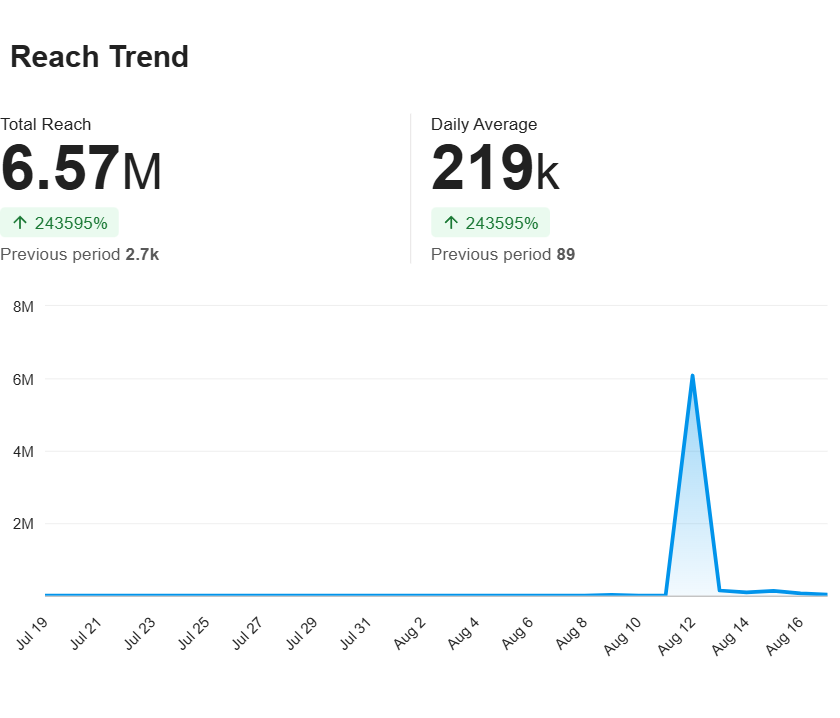
Discussions concerning Port Sudan on "X" were infrequent and scattered during the first week of August 2025, with no discernible patterns in posts. The hashtag "سلطة بورتسودان" ("Port Sudan Authority") appeared in isolated contexts until the evening of August 11. However, a significant shift occurred on August 12 at 10:37 a.m., with the initial appearance of the hashtag #مجزرة_بورتسودان (Port Sudan Massacre). This was quickly followed by a surge of linguistically similar hashtags, such as #جرائم_سلطة_بورتسودان (Crimes of the Port Sudan Authority) at 11:17 a.m., signaling the commencement of what appeared to be a coordinated digital campaign.
Within a few hours, the number of posts increased sharply, peaking on the evening of August 12 with 129 posts containing one of the campaign’s hashtags. The wave continued for another day, with 61 posts recorded on August 13 within the same cluster, before gradually declining the next day. Notably, this surge came after more than ten days of subdued activity—indicating a sudden and synchronized push, rather than a natural rise in public engagement.
Although engagement levels on these posts ranged from low to moderate and did not rely on high-profile influencers, the temporal synchronization and repetition of textual templates suggest that the momentum was programmed for volume rather than influence.
Most of the accounts participating in the campaign did not exhibit strong automated behavior. Only 1.2% of posts in the focus group were traced to accounts posting more than 15 tweets per day—a weak indicator of overt automation. Similarly, accounts with high numeric usernames—often a sign of fake or newly created profiles—also made up just 1.2%. This suggests that the campaign was not driven by a classic bot network, but rather by coordinated narrative alignment built on unified messaging and temporal synchronization.
Sentiment Analysis: Between Angry Condemnation and Narrative Repetition
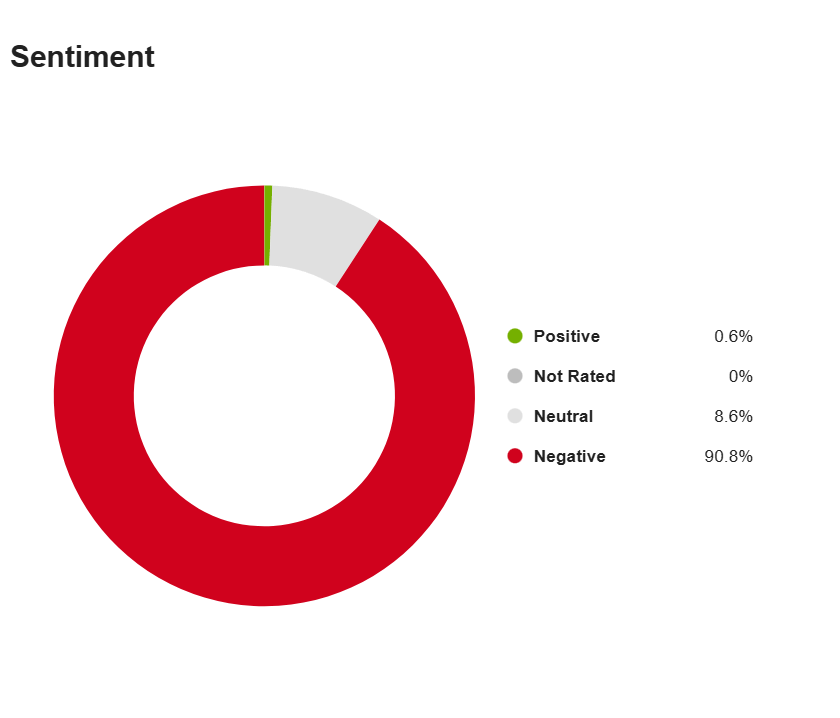
Posts in the campaign surrounding the “Port Sudan Massacre” carried a highly emotional tone, predominantly marked by angry condemnation and accusatory language. Sentiment analysis of the focus group showed that roughly 90% of the content was negative—expressing direct accusations, public outrage, or calls for action—while 8% was neutral, and less than 1% used a balanced, informative, or descriptive tone without clear emotional bias.
Interestingly, these sentiments were not randomly distributed but appeared coordinated through repeated phrasing. Phrases such as:
- “The blood of civilians is on your hands”
- “The Port Sudan Authority commits another crime”
- and “The massacres will not go unpunished”,
appeared in a large number of posts, often with nearly identical wording.
This indicates that the phrases were not spontaneously created by users, but rather mirrored a consistent message disseminated and amplified either manually by a small group of activists or through undeclared collective coordination.
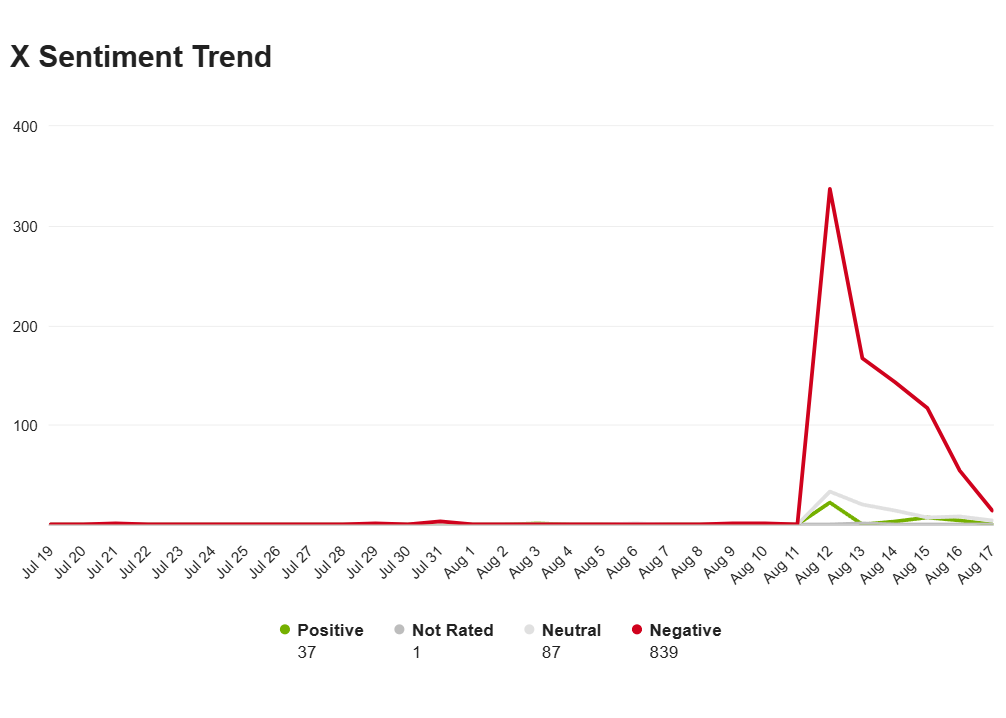
The campaign's progression directly correlated with a temporal shift in tone. Emotional intensity reached its highest point on the evening of August 12. During this time, most participants employed strong language, explicitly leveling "massacre" accusations and connecting the events in Port Sudan to Sudan's historical patterns of repression, particularly those perpetrated by central authorities.
By the following day, as the campaign began to subside, the tone softened slightly. Posts became more descriptive and less charged, possibly reflecting attempts to broaden the conversation beyond the initial circle of outraged users.
Notably, some accounts began transforming emotional rhetoric into explicit political calls, including demands for international trials and UN intervention. This indicates that the campaign was not purely emotional but also strategically designed to escalate the issue into a political cause.
Geographical Distribution: The Campaign Starts in Sudan But Doesn't End In It
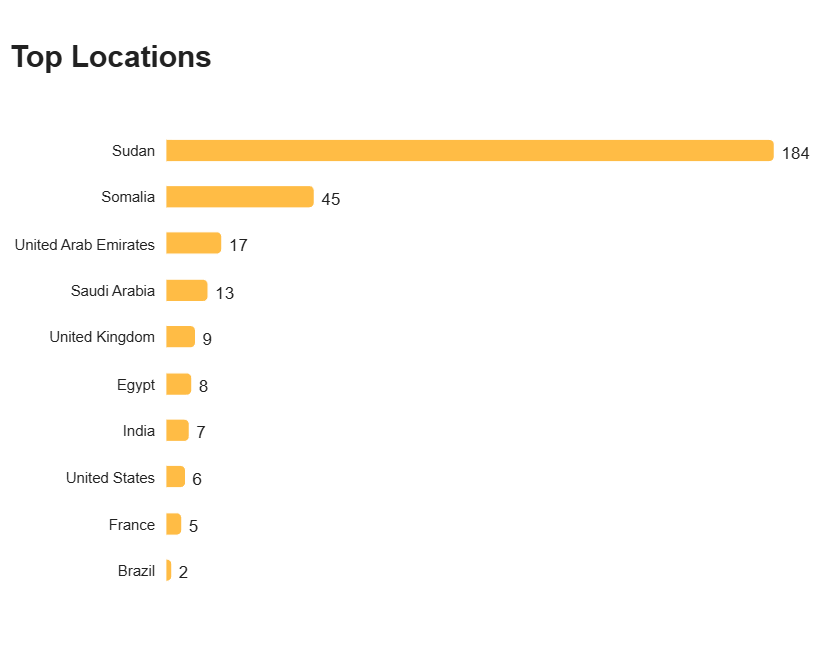
Data showed that Sudan naturally topped the list of countries in terms of participation in discussions about the “Port Sudan Massacre.” The campaign also drew notable engagement from users outside Sudan, particularly from Somalia, Saudi Arabia, Egypt, and the United Arab Emirates.
It is worth noting that some accounts with geolocations set in the Gulf region—especially in the UAE and Saudi Arabia—used unusually strong language against the Port Sudan authorities, emphasizing terms such as “crimes against humanity.” This tone is not typically used in external contexts, suggesting the possibility of narrative participation or amplification from political exiles or regionally aligned political accounts.
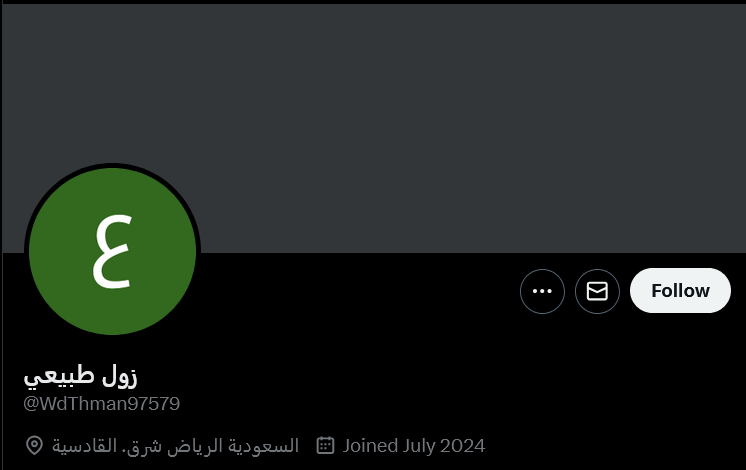
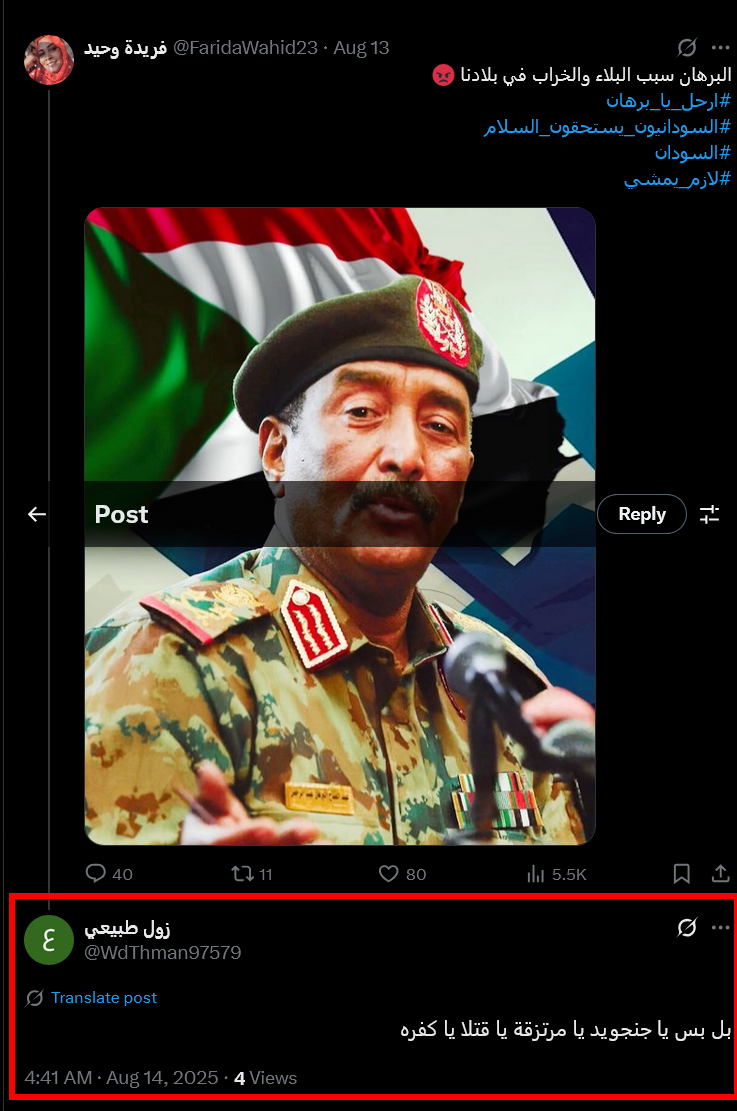
Saudi accounts tend to adopt a popular/local discourse attacking the Rapid Support Forces and mercenaries (i.e., relatively supportive of the army), but some of them also hold Port Sudan responsible.
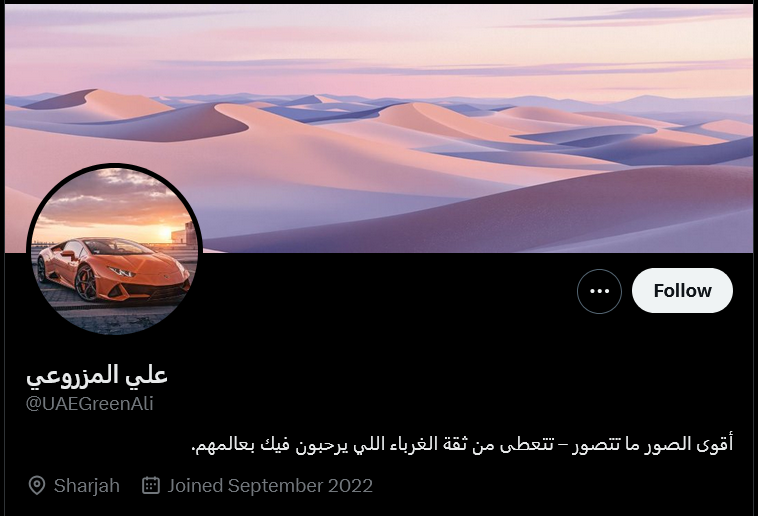
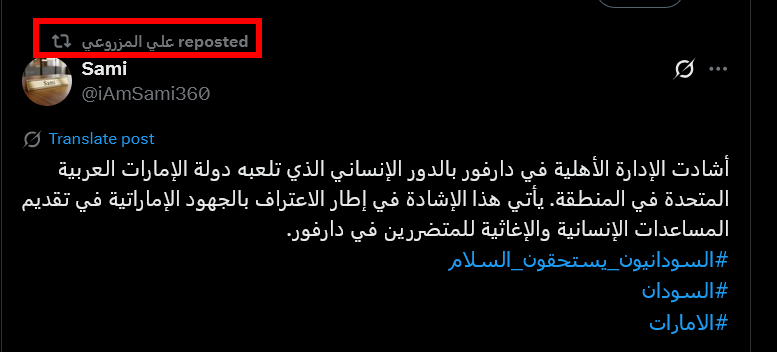
On the other hand, Emirati accounts focus on condemning the Port Sudan authority in favor of RSF militias, and on legitimizing the discourse of the parallel government/founding forces, using language such as “crimes against humanity”, “massacres”, as well as political sarcasm.
Analysis of Discursive Structure: “Blood On Your Hands” and “Chemical Weapons”
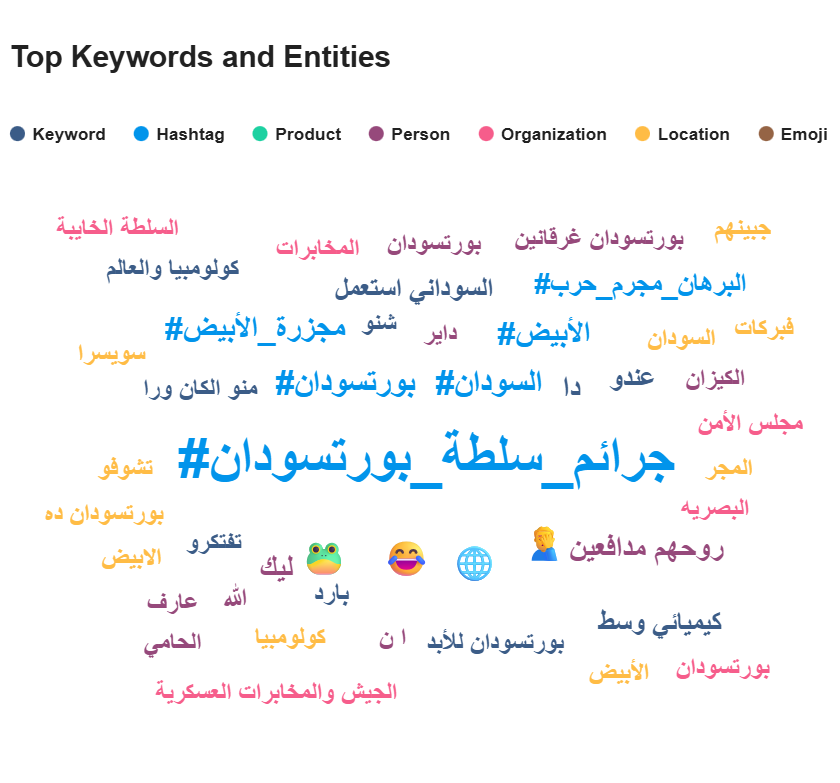
The hashtag #محاكمة_سلطة_بورتسودان (Prosecution of the Port Sudan Authority) generated significant engagement, where the language used went beyond mere anger. It was instrumental in building a coherent narrative with three key objectives: demanding accountability, undermining the legitimacy of the authority, and paving the way for internationalization.
The narrative began with charged local expressions such as “الدم في رقبتكم” (“Blood is on your hands”), a phrase that appeared frequently within popular hashtags like #دماء_النازحين_في_رقبة_بورتسودان (Blood of the Displaced Is on Port Sudan’s Hand). These phrases went beyond condemnation, pointing an accusatory finger directly at the authorities and calling for immediate prosecution, as reflected in the earliest hashtag: #محاكمة_سلطة_بورتسودان (Prosecution of the Port Sudan Authority).
The discourse extended beyond calls for punishment to establish a clear framing of the events in Port Sudan—not as a clash between parties but as a deliberate crime. Hashtags such as #جرائم_سلطة_بورتسودان (Crimes of the Port Sudan Authority) and #مجزرة_بورتسودان (Port Sudan Massacre) carried overtly legal connotations. They also linked Port Sudan to similar incidents, including #مجزرة_الأبيض (Al-Obeid Massacre), in an attempt to construct a “massacre memory” that presents such violence as recurring rather than exceptional.
Engagement levels on these hashtags were significant. The five main hashtags—#محاكمة_سلطة_بورتسودان (Prosecution of Port Sudan Authorities) (211), #جرائم_سلطة_بورتسودان (Crimes of Port Sudan Authorities) (187), #مجزرة_بورتسودان (Port Sudan Massacre) (184), #دماء_النازحين_في_رقبة_بورتسودان (Blood of the Displaced Is on Port Sudan's Hands) (175), and #اوقفوا_مجازر_بورتسودان (Stop the Port Sudan Massacres) (166)—appeared over 900 times in the sample. On average, each post within the focus group included about 3.6 massacre-related hashtags, suggesting an organized campaign to uniformly repeat specific messages.
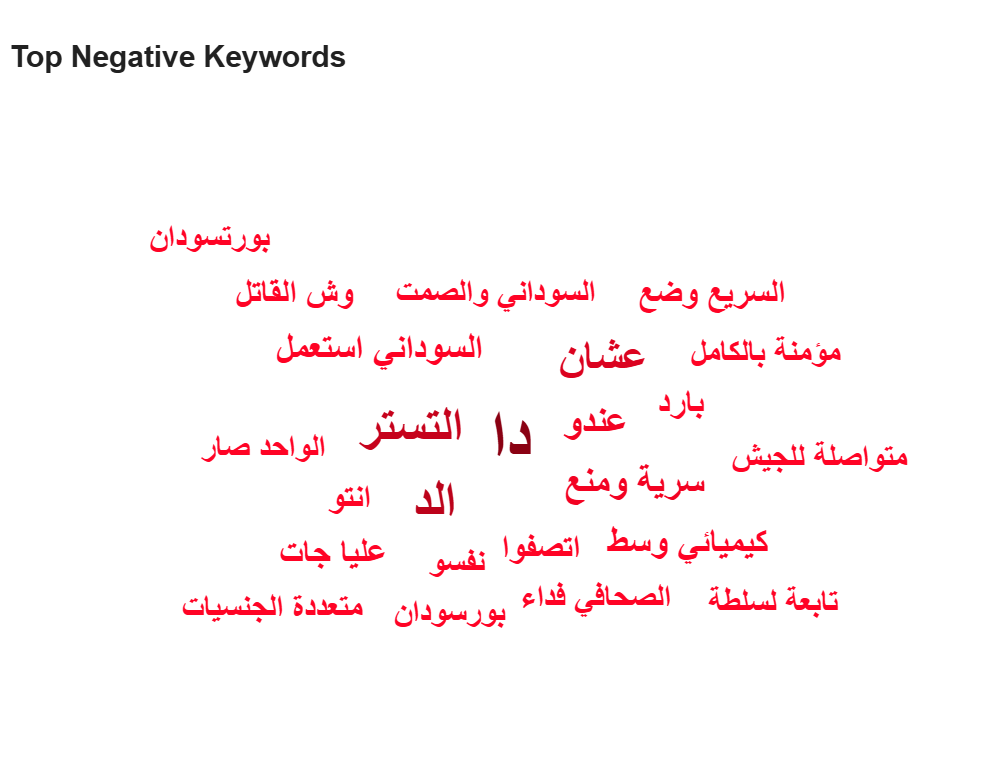
The recurring allusions to the UN Security Council and "intelligence," coupled with the naming of countries such as the UAE, steered the conversation toward holding the international community accountable. This framed the situation as a plea for UN intervention, clearly indicating an effort to internationalize the incident and channel local resentment into a demand for global accountability.
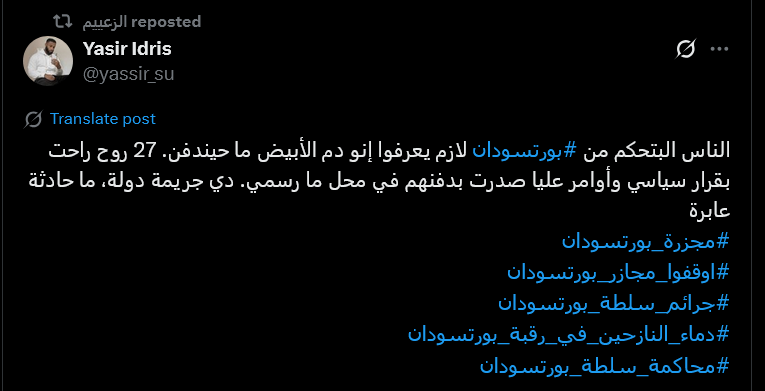
Perhaps the most striking aspect was the inclusion of the term "chemical weapons" in the discourse, with it being repeated more than 17 times. This term represents a dangerous linguistic escalation, giving the incident the character of prohibited international crimes. Despite the absence of independent evidence to support this claim, its use reinforces what is known as "moral shock," which facilitates mobilization and demands for external intervention.
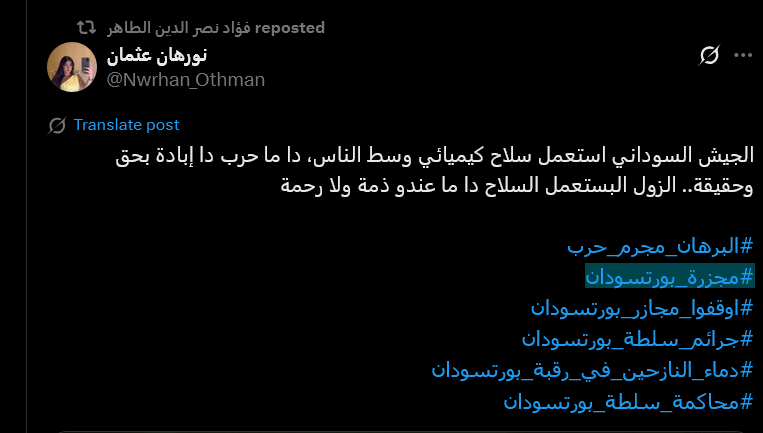
Interestingly, many of the terms used came directly from Sudanese colloquial Arabic—words like “دا” (this), “عندو” (he has), “داير” (wants), and “تفتكرو” (you think)—indicating a discourse directed from and toward a local audience. This choice of language reinforced a sense of collective belonging and gave the campaign a popular, grassroots tone.
However, the use of dialect also introduced ambiguity in some cases—for example, words like “ليك” (to you) or “روحهم” (their spirit) occasionally appeared in place of proper names—but this did not diminish the campaign’s mobilizing impact.
The distribution of hashtags appeared coordinated, combining campaign-specific tags with broader terms like #السودان (Sudan) and #بورتسودان (Port Sudan). This strategy suggests an attempt to expand the discussion beyond activist groups. Additionally, the interconnected events formed a "narrative umbrella," likely designed to facilitate the reuse of this messaging in future, similar situations.
On August 12, within a mere 40-minute span, dozens of almost identical posts emerged, including:
- “Port Sudan Massacre”... Blood is on your hands
- This will not pass without “Prosecution of the Port Sudan Authority”
- Continuous crimes…“Crimes of the Port Sudan Authority” … the world must see.
To date, there is no independent evidence confirming the use of chemical weapons in the Sudanese civil war. This reference appears to be part of escalatory rhetoric rather than a conclusion based on verified investigation. Any media use of this accusation should therefore be accompanied by a clear editorial disclaimer.
The situation in Sudan is complex. On May 22, 2025, the US government declared that the Sudanese government used chemical weapons, leading to sanctions under the US Chemical and Biological Weapons Control and Warfare Elimination Act. However, no public forensic evidence (samples, chain of custody, laboratory reports) has been released for independent examination, and the Organization for the Prohibition of Chemical Weapons (OPCW) has not officially investigated in Sudan.
While the UN Fact-Finding Mission and the High Commissioner for Human Rights have documented widespread violations, they have not yet confirmed the use of chemical weapons in the 2023–2025 conflict. In response to Washington's accusations, Al-Burhan announced the formation of a national committee for verification. Therefore, the claim of "chemical weapons" remains a serious allegation based on a US government determination, not a comprehensive international technical investigation. State Reuters OHCHR+United Nations Documentation
It is crucial to distinguish between historical facts and current events. While it is true that international organizations documented accusations of chemical material use in Jebel Marra in 2016, this case has a distinct context and timeline. These past incidents alone are insufficient to substantiate the 2024–2025 claims, as historical analogy does not constitute current evidence. Accurate reporting necessitates a clear differentiation between documented precedents and new claims that demand independent verification. Amnesty International+Arms Control Association
Who Kickstarted The Campaign?
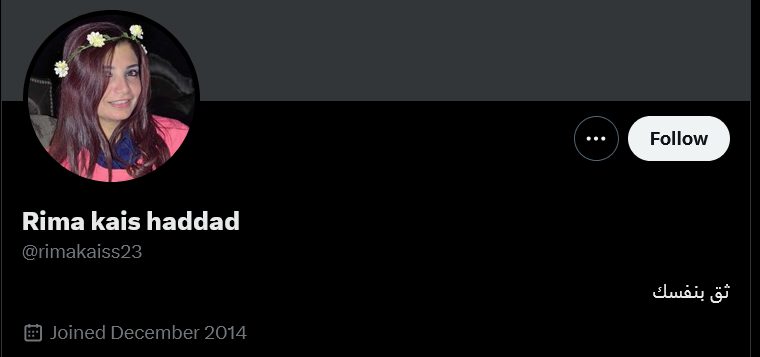
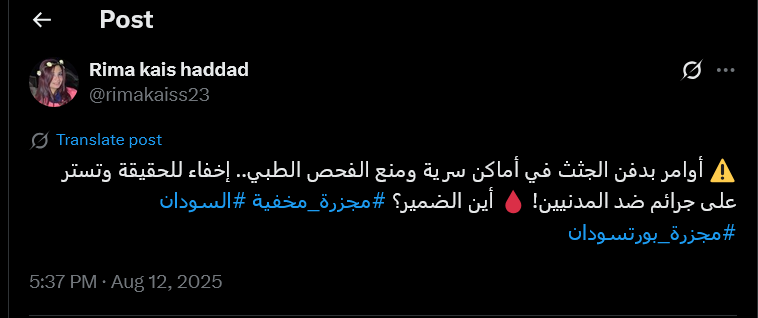
Analysis of the account “Rima kais haddad (@rimakaiss23),” which appears to be the first to use the hashtag #مجزرة_بورتسودان (Port Sudan Massacre) in the sampled data, indicates characteristics consistent with a "bot account" or "hybrid account" as defined in social media studies. This type of account combines superficial personal or emotional content with abrupt engagements in sensitive political discussions.
An examination of the account’s tweet archive reveals a diverse range of content, including religious supplications, sentimental quotes, and popular sayings. The archive also features entertainment-related hashtags for series and films such as (#ولاد_رزق (Awlad Rizk), #ميرياام_فاارس (Myriam Fares), #بين_السطور (Between the Lines), #فيلم_مقسوووم (Maqsoum Film). Additionally, unrelated tags like #bbcqt and #اتحاد_الملاكمة_التايلندية (Thai Boxing Federation) appear periodically.
This randomness gives the impression that the account is either managed by a media committee or operated through a “content farm” employing a strategy of diversification and obfuscation—allowing political messaging to slip through a stream of social, religious, and emotional posts.
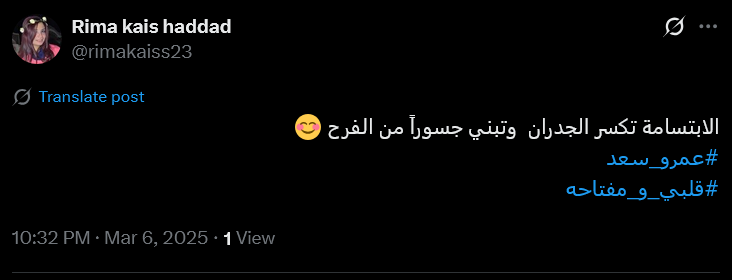
The account, previously ideologically neutral, suspiciously became involved in the "Port Sudan Massacre" campaign.There is no consistent line against the Sudanese army or against the RSF in its archive. This pattern suggests it may be part of a network set up to initiate hashtags (whistle-starters), especially since the first hashtags came through it.
The narrative abruptly shifts to a punitive-criminal discourse, lacking any preceding political context. This coordinated effort highlights a strategic approach to information dissemination, where a unified "message line" is crafted and executed. The process typically begins with less prominent or more emotionally driven accounts, which are tasked with launching a specific hashtag or narrative. This initial phase aims to create the illusion of organic grassroots support, making the topic appear to emerge naturally from public discourse. Following this initial push, more explicit accounts, often associated with clear support or opposition camps, then amplify the message, providing further details, or context. This phased approach allows for a broader reach and a more impactful narrative, as it progresses from an initial subtle introduction to a more direct and often politically charged amplification.
Network Analysis: Who Drafts the Messages and Who Disseminates It
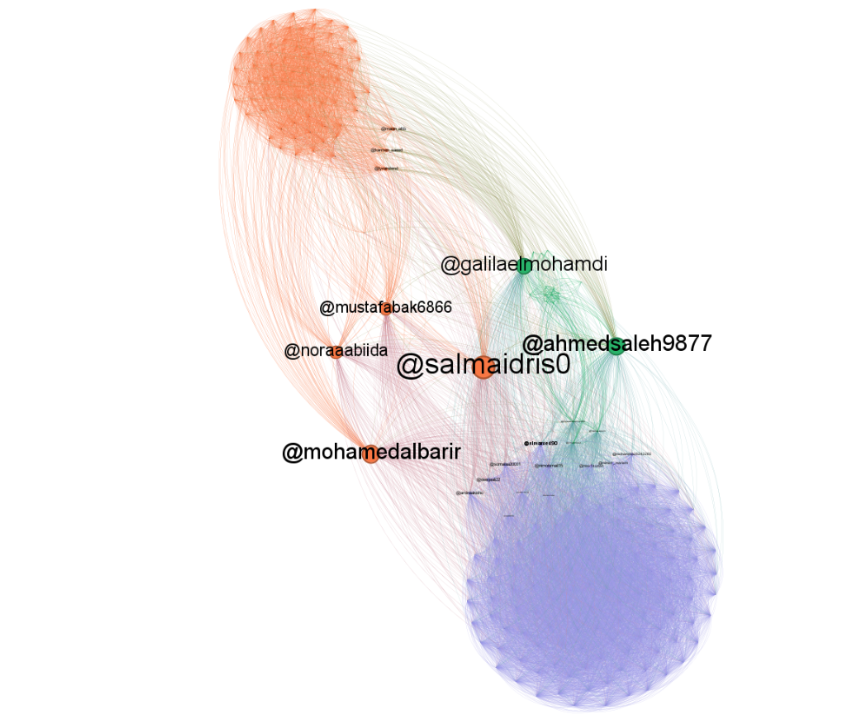
The campaign's network analysis revealed that it did not employ automated accounts or a "bot army." Instead, human narrative coordination, utilizing pre-designed templates and synchronized launch times, drove the campaign. What appeared was not “random noise” but a structured wave: three discourse communities revolving around central hashtags, pushing messages in parallel paths.
Out of 246 posts in the focus sample, we were able to track 68 interactive links (all Retweets). We did not detect any clear replies or quotes. This confirms that recycling relied on copying templates and tweeting them as original posts, rather than relying on classic publishing mechanisms (reply/quote). Although the overall reach was limited, key accounts such as @DohaSaladin and @FaridaWahid23 became central “transit points” for recycling narratives.
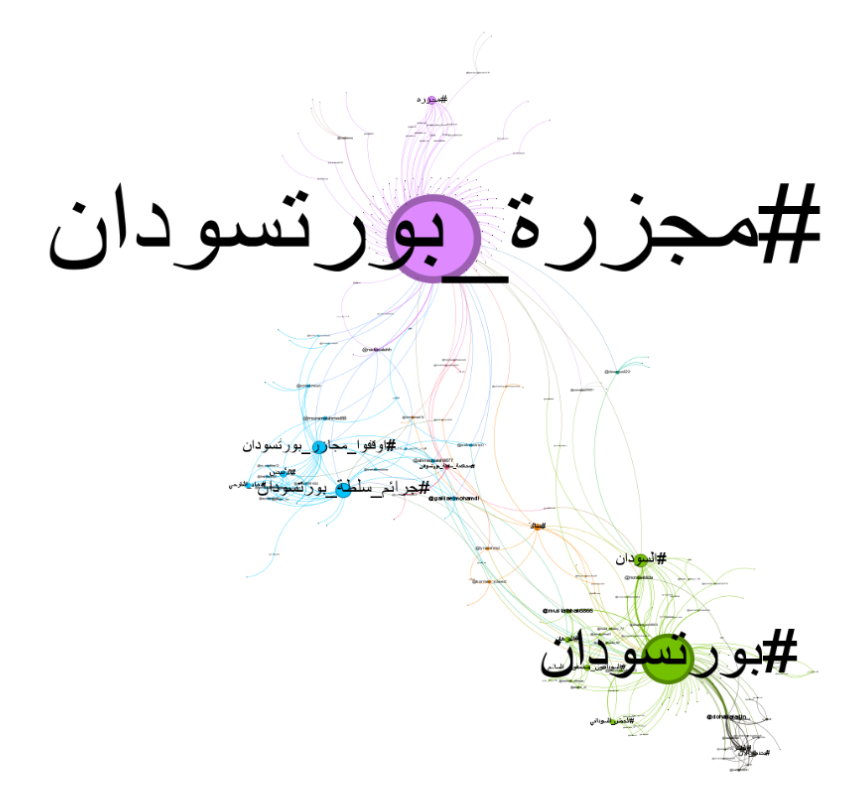
A Louvain algorithm analysis of the author network and hashtags revealed three primary clusters within the campaign.
- Accountability/Crimes Group: Centered around hashtags such as “Prosecution of the Port Sudan Authority” and “Crimes of the Port Sudan Authority”. Its messages are clear: “This will not pass,” “Blood on their hands,” “War criminals.”
- Systematic Disinformation Group: Uses hashtags like “Al Obied Massacre” to link Port Sudan with previous events and create a narrative of recurring patterns.
- Dissemination/Internationalization Group: Relies on general hashtags such as “Sudan,” and “Port Sudan” to push messages to a wider audience, accompanied by phrases such as “the world must see” and “international community.”
Our analysis of Meltwater data indicates that more than 77% of the relevant posts were published within a 36-hour window (August 12-13). This rapid dissemination strongly suggests a coordinated effort rather than an organic trend.
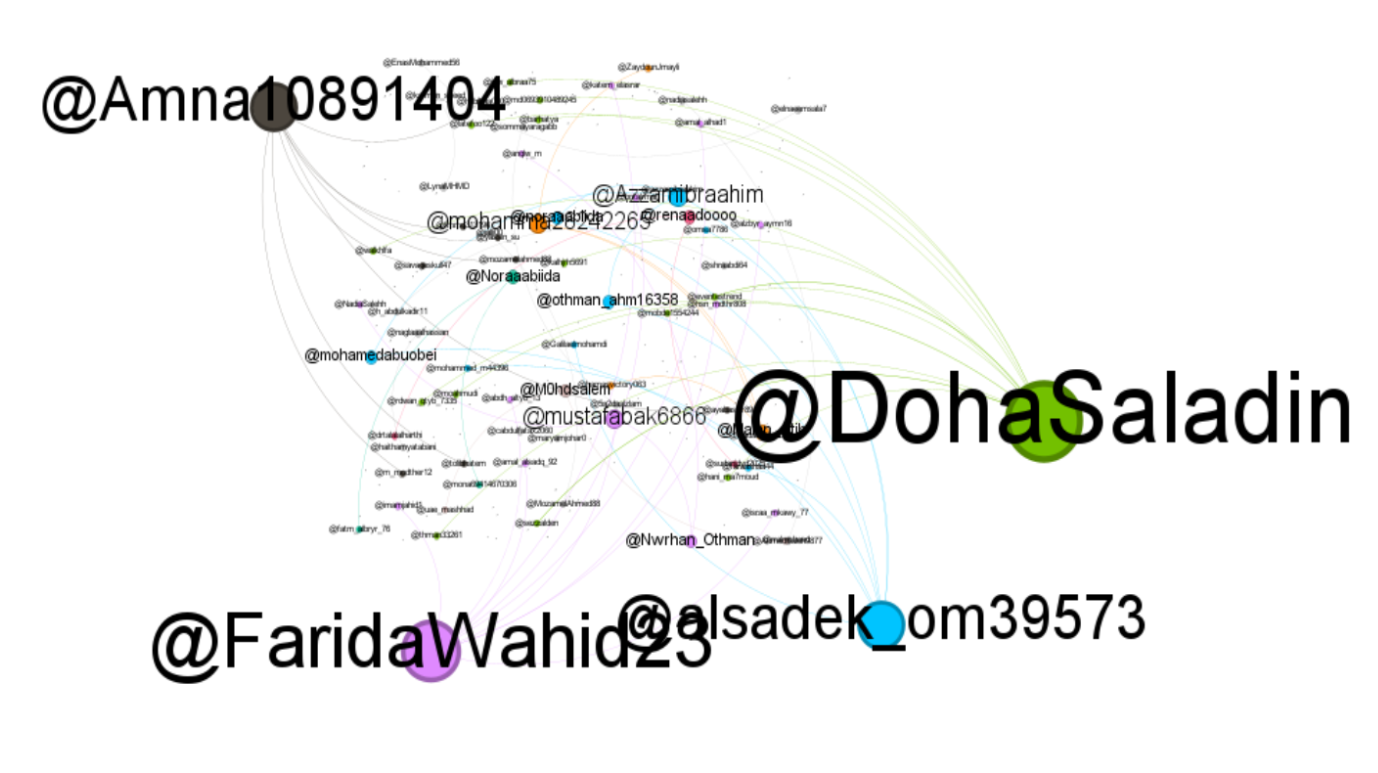
What we’re seeing is not a case of sweeping automation (bots accounted for no more than 1.2%), but rather human coordination that mimics “bot-like” behavior through volume and repetition. The structure resembles a light Hub-and-Spoke model: central hashtags focusing on “prosecution,” “crimes,” and “massacre”anchor the discourse, while broader peripheral tags like “Sudan,” “Port Sudan,” and “Al Obeid” expand its reach.
This was not a spontaneous storm, but a deliberately constructed narrative operation, built on standardized templates and carefully timed deployment rather than on celebrity amplification or automated posting.
The outcome is a narrative that escalates accusations across three levels—accountability, criminalization, and internationalization—while employing shock vocabulary (“blood on their hands,” “chemical weapons”) to maximize virality and emotional impact.
Analysis of Influencing Accounts
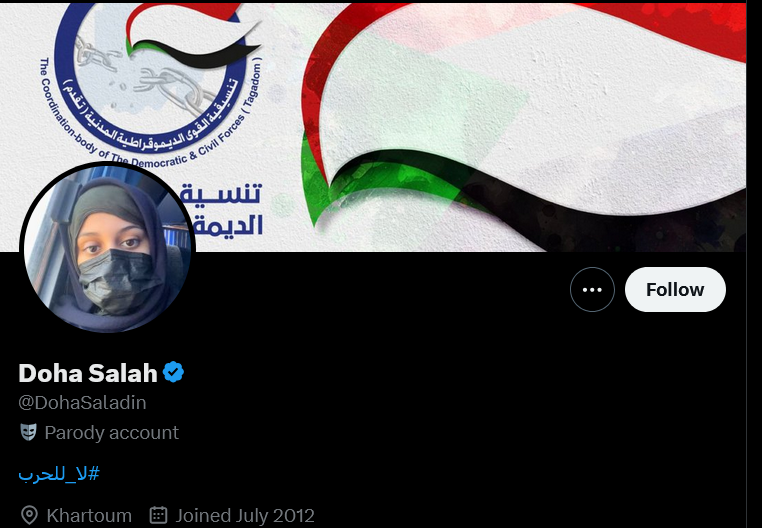
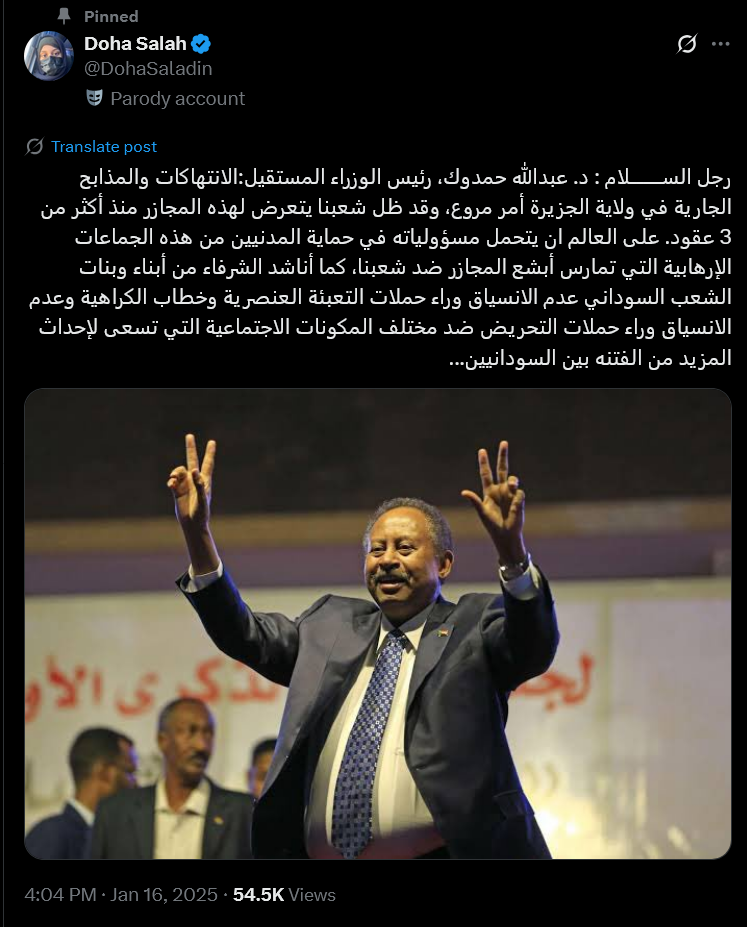
When tracing the most influential accounts within the network that supported the #لا_للحرب (No to War) campaign, the account “Doha Salah” (@DohaSaladin) emerges as one of the central nodes in the flow of discourse and distribution of political content. What distinguishes it, however, is not only its follower count—over 8,000—but the nature of its hybrid tone, blending political satire with serious messaging.
Although the account identifies itself as a “Parody account,” its content leaves little doubt about its full alignment with the rhetoric of the Sudan Founding Alliance (“Ta’sees”), which positions itself as a civilian alternative to General Burhan’s rule and promotes a counter-narrative against military intervention in politics and the influence of Islamists within state institutions.
The account frequently reposts political statements, quotes tweets from alliance leaders, and amplifies core hashtags such as #السودانيون_يستحقون_السلام (Sudanese People Deserve Peace) and #ديسمبر_باقية_وستنتصر (December Lives On and Will Prevail). It also uses accusatory hashtags targeting opponents, such as #الحركة_الاسلامية_تنظيم_ارهابي (The Islamic Movement Is a Terrorist Organization).
This approach combines political provocation with humor, giving the account a symbolic shield. This satirical presentation enables it to avoid legal scrutiny or direct accusations of defamation, operating under the safeguard of "parody."
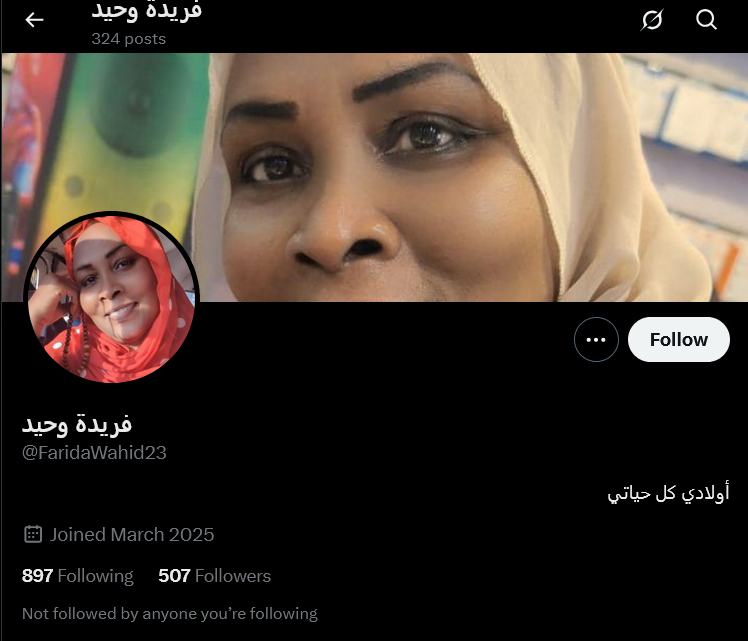
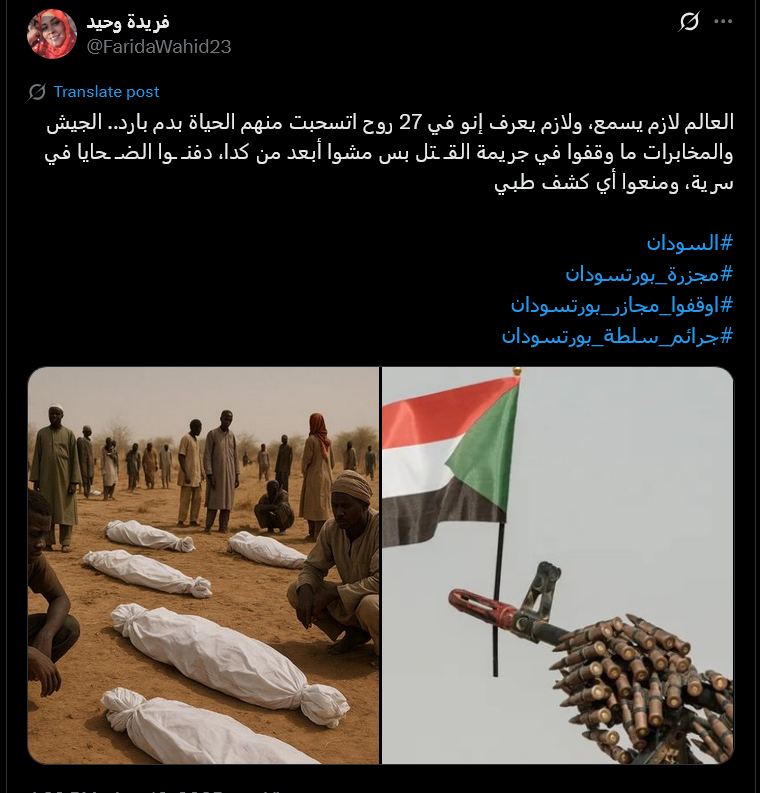
On the other side, the account “Farida Wahid” (@FaridaWahid23) exemplifies a different layer of user engagement—one that does not take on an overtly political form but represents what could be described as “framed emotional discourse.” Created recently in March 2025, the account shares prayers, greetings, morning messages, and faith-infused emotional reflections on daily events, giving it a personal and maternal tone that evokes empathy.
Within this gentle stream of content, however, clear political messages subtly emerge—including the posting of an AI-generated image suggesting that the Sudanese army had committed a massacre, blaming the Islamists (“the Kizan”) for spreading discord in Sudan, and holding the army and Port Sudan authorities responsible for enabling that project. Here, the discourse operates outside activist or radical circles, addressing the broader public instead and recasting political stances in accessible, emotive, and relatable language that feels authentic and grounded in personal experience rather than ideological confrontation.
The contrast between an account like Doha Salah and one like Farida Wahid reveals a dual-layered structure within the campaign’s communication strategy. The first layer is overtly political, active in the public sphere, recycling and amplifying statements and messages from forces that oppose the Transitional Sovereignty Council. The second is emotional and soft, embedding political cues within familiar religious or sentimental contexts aimed at a mainstream audience through simple and credible language.
This contrast reflects not only diversity in style but also a deliberate communicative intelligence behind the campaign’s design—leveraging multiple voices and expanding its influence through a division-of-roles tactic between explicitly political narratives and human-centered, emotional ones. This duality enables the campaign to combine mobilization with empathy, generating emotional resonance that appears to transcend traditional political divides.
